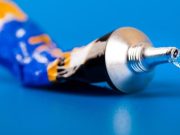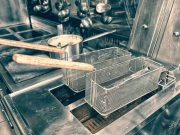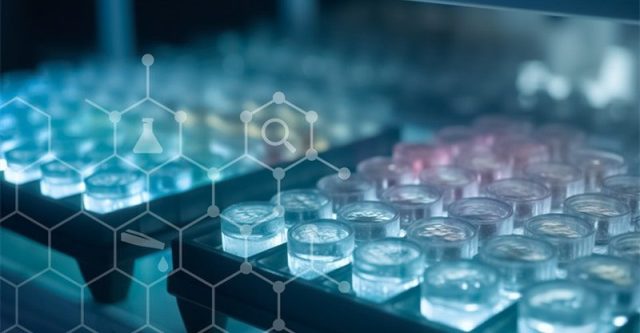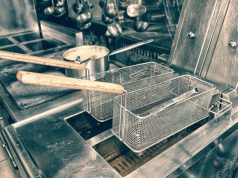Understanding ELISA: A Key Tool in Labs
Enzyme-Linked Immunosorbent Assay (ELISA) is a widely used lab technique, especially in immunology and biochemistry. It helps detect and measure substances like proteins, hormones, and antibodies in biological samples. Thanks to its accuracy, ELISA is a go-to method for medical testing and research.
How ELISA Works
ELISA relies on two key interactions:
- Antigen-Antibody Binding: Antibodies specifically latch onto target antigens.
- Enzyme Reactions: An enzyme triggers a color change when it meets its substrate, revealing the presence (and amount) of the antigen.
Types of ELISA
There are four main types, each with a unique approach:
1. Direct vs. Indirect ELISA
- Direct: Uses a labeled antibody that directly binds to the antigen.
- Indirect: Uses an unlabeled primary antibody followed by a labeled secondary antibody for detection.
2. Sandwich ELISA
- Uses two antibodies—one to “capture” the antigen and another to detect it, forming a “sandwich.”
- Highly specific and great for complex samples.
3. Competitive ELISA
- A labeled antigen and the sample’s unlabeled antigen compete for antibody binding sites.
- Useful for small or less reactive antigens.
Step-by-Step Process
Direct ELISA
- Coat the plate with the antigen.
- Wash away extras.
- Add labeled primary antibody.
- Wash again.
- Add substrate—color change = detection!
Sandwich ELISA
- Coat the plate with a capture antibody.
- Add the antigen and wash.
- Add detection antibody and wash.
- Add substrate—color measures antigen levels.
Competitive ELISA
- Mix sample antigen with labeled antigen.
- Add primary antibody—they compete for binding.
- Wash and add substrate.
- Less color = more antigen in the sample (since labeled antigen gets outcompeted).
Where ELISA Shines
- Disease Detection: Diagnoses HIV, Lyme disease, and even some cancers.
- Research: Tracks proteins, vaccine effectiveness, and disease progression.
- Clinical Use: Fast, reliable results for patient care.
Why Labs Love ELISA
- Highly sensitive and precise.
- Works for many types of molecules.
- Handles multiple samples at once.
- Affordable and user-friendly.
Final Thoughts
ELISA is a lab powerhouse—versatile, reliable, and essential for modern medicine. From diagnosing diseases to advancing research, its impact is undeniable.






























